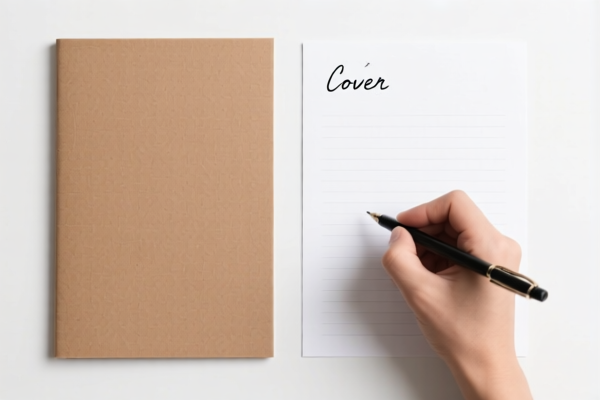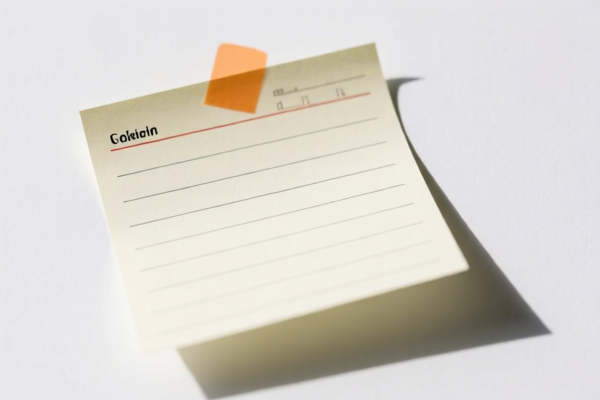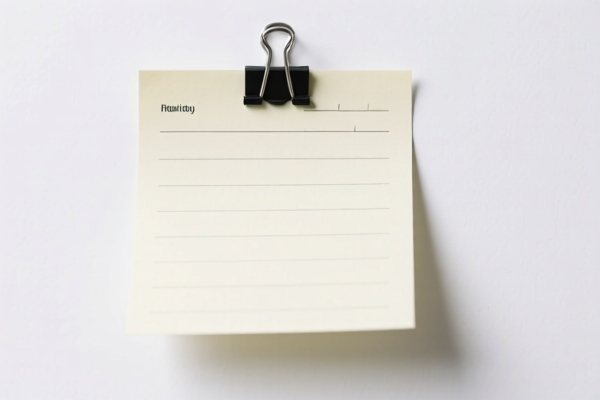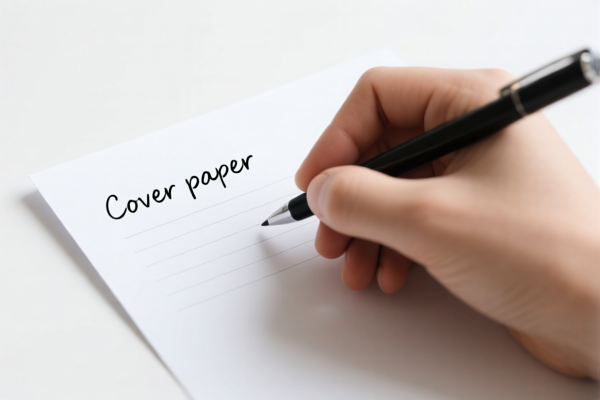| HS Code | Official Doc | Tariff Rate | Origin | Destination | Effective Date |
|---|---|---|---|---|---|
| 4820102010 | Doc | 55.0% | CN | US | 2025-05-12 |
| 4820102020 | Doc | 55.0% | CN | US | 2025-05-12 |
| 4911998000 | Doc | 37.5% | CN | US | 2025-05-12 |
| 4911996000 | Doc | 37.5% | CN | US | 2025-05-12 |
| 4901990091 | Doc | 37.5% | CN | US | 2025-05-12 |
| 4901990092 | Doc | 37.5% | CN | US | 2025-05-12 |
| 4906000000 | Doc | 37.5% | CN | US | 2025-05-12 |
| 4906000000 | Doc | 37.5% | CN | US | 2025-05-12 |




Memo Book
A memo book, also known as a notepad, scratchpad, or pocket notebook, is a small, portable booklet used for jotting down brief notes, reminders, ideas, and other short pieces of information.
Material
Memo books are commonly constructed from:
- Paper: The core component, varying in quality, color, and ruling (lined, unlined, grid, dotted). Paper weight influences bleed-through from pens.
- Cover: Materials include:
- Paper/Cardstock: Economical, often used for disposable notepads.
- Plastic: Durable, water-resistant.
- Leather/Faux Leather: Provides a premium look and feel, often more durable.
- Cloth: Offers a textured surface and can be more aesthetically pleasing.
- Binding:
- Spiral Binding: Allows pages to be torn off easily, lays flat.
- Perfect Binding: Pages are glued together, creating a clean edge. Common in professional notepads.
- Saddle Stitching: Pages are folded and stapled, suitable for smaller booklets.
- Case Binding: Pages are sewn together and glued to a cover, offering the most durability.
Purpose
The primary purpose of a memo book is to provide a convenient, readily available space for:
- Note-taking: Capturing information during meetings, lectures, or brainstorming sessions.
- Reminders: Listing tasks, appointments, or things to remember.
- To-do Lists: Organizing and tracking personal or professional tasks.
- Sketching: Quick drawings or diagrams.
- Idea Generation: Brainstorming and capturing initial thoughts.
- Contact Information: Recording phone numbers or email addresses.
Function
A memo book functions as a physical repository for short-form information. Its portability allows for on-the-go capture of ideas and data. The simple design encourages quick and easy documentation without the complexities of digital devices.
Usage Scenarios
- Professional Settings: Meetings, conferences, client calls, project planning.
- Educational Environments: Lectures, study sessions, research notes.
- Personal Use: Grocery lists, daily planning, journaling, creative writing.
- Travel: Recording travel details, itineraries, or observations.
- Creative Fields: Sketching, brainstorming, storyboarding.
Common Types
- Standard Notepad: Typically 5.5 x 8.5 inches, spiral-bound, with lined paper.
- Pocket Notebook: Small enough to fit in a pocket, often with a durable cover. Popular brands include Moleskine and Field Notes.
- Legal Pad: 8.5 x 11 inches, with margin lines for note-taking and outlining.
- Sticky Note Pads: Small pads of adhesive notes for quick reminders and temporary messages.
- Wire-bound Notebook: Pages are bound with a wire spine, allowing for easy tearing.
- Hardcover Notebook: Durable cover provides protection for pages, often used for journaling or long-term note-taking.
- Composition Notebook: Traditionally used in schools, with a durable cover and ruled paper.
Memo books fall under the category of registers, account books, notebooks, order books, receipt books, letter pads, memorandum pads, diaries and similar articles. The following HS codes are relevant:
- 4820102010: This HS code covers registers, account books, notebooks, order books, receipt books, letter pads, memorandum pads, diaries and similar articles, specifically diaries, notebooks and address books, bound. The total tax rate is 55.0%, comprised of a 0.0% base tariff and a 25.0% additional tariff, increasing to 30.0% after April 2, 2025.
- 4820102020: This HS code also covers registers, account books, notebooks, order books, receipt books, letter pads, memorandum pads, diaries and similar articles, focusing on memorandum pads, letter pads and similar articles. The total tax rate is 55.0%, with a 0.0% base tariff and a 25.0% additional tariff, rising to 30.0% after April 2, 2025.
These codes (4820102010 and 4820102020) both relate to paper-based stationery items used for recording information. The distinction appears to be whether the item is specifically a bound diary/notebook/address book (4820102010) or a memorandum pad/letter pad (4820102020).
Customer Reviews
No reviews yet.